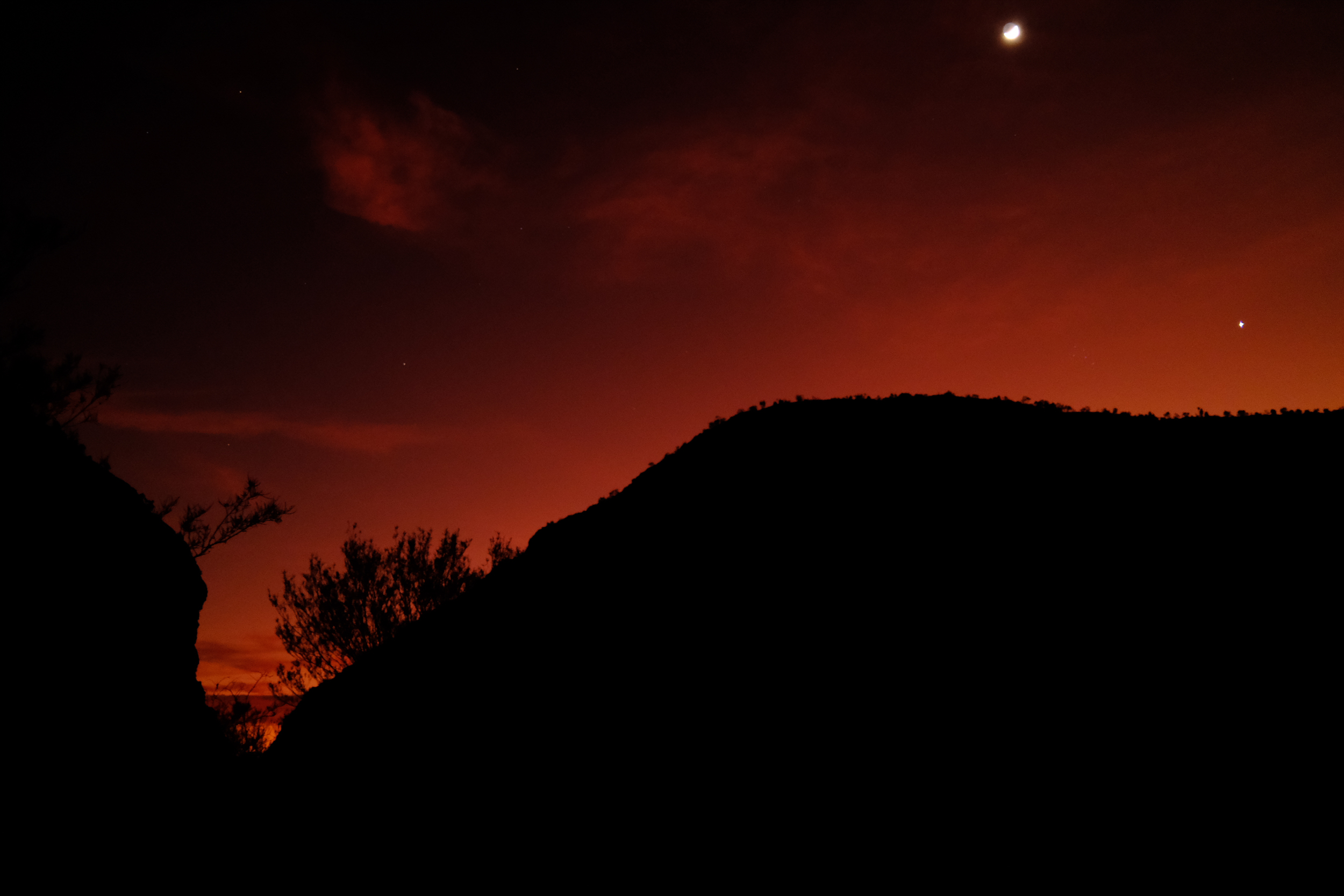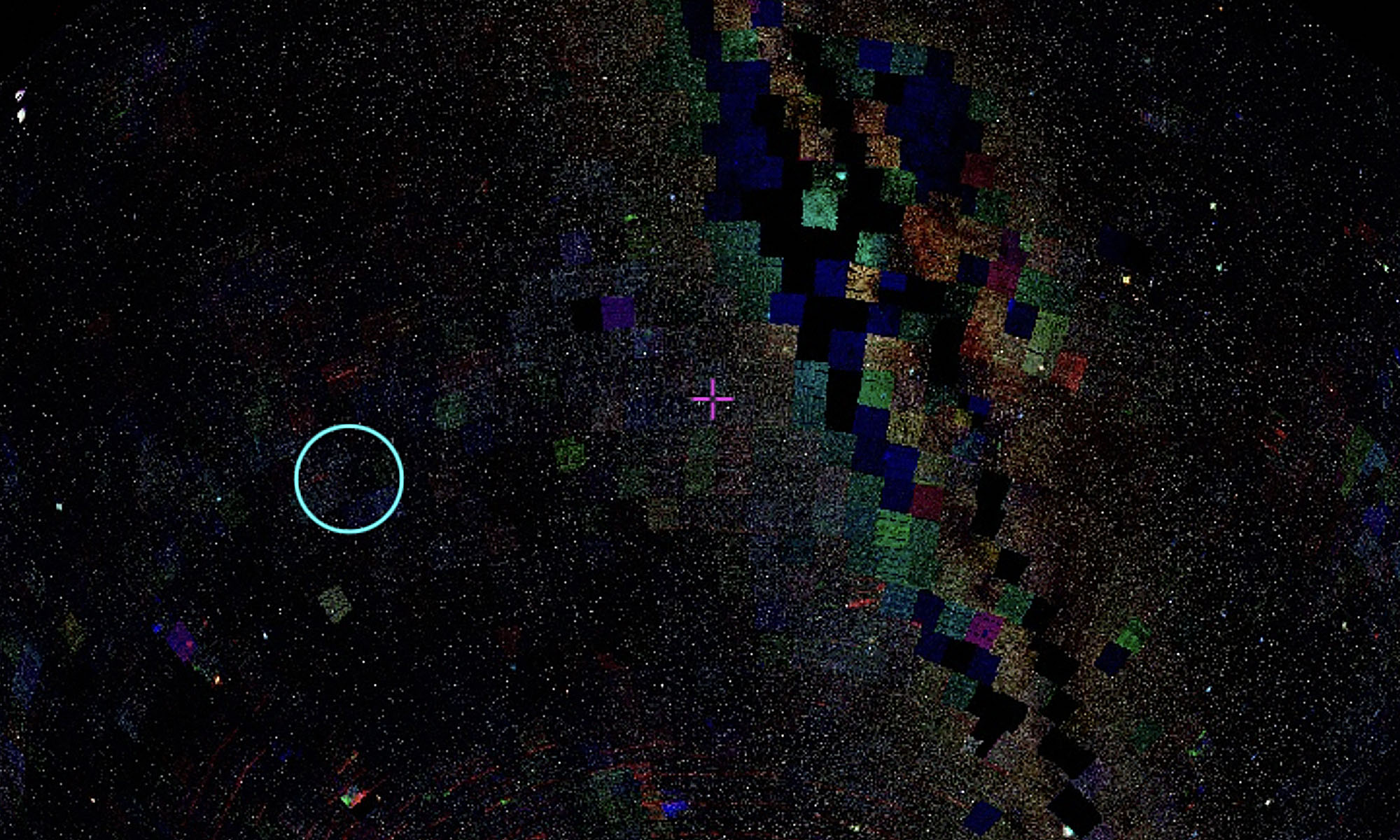I am starting this project fresh off 12 days on the Larapinta Trail in Central and Western Arrernte Country, where I was lucky enough to observe the recent planetary alignment over Simpson’s Gap waking from my first night in the desert.

On several nights that followed I had the clearest view of the Milky Way I’ve ever experienced. The complexity, texture, tone and detail visible in the night sky was both awe-inspiring and a stark reminder of how much is erased by our city lights.
Beyond light pollution, I’m looking forward to researching the impacts of other, less visible forms of human interference in space. In particular, from the masses of satellites that create radio frequency interference and ‘a new type of skyglow’, as Karlie Noon and Krystal De Napoli describe in their important book ‘Sky Country’.
“Observatories and dark skies in general were already threatened by the numerous other sources contributing to light pollution, but the very nature of megaconstellations is to cover the entire planet, leaving no place untouched. They will drive dark skies to extinction if they are allowed to continue unregulated.”
– Krystal De Napoli and Karlie Noon (ed. Margo Neale), Astronomy: Sky Country, Thames & Hudson Australia, 2022.
A lot to grapple with as I begin this project.
